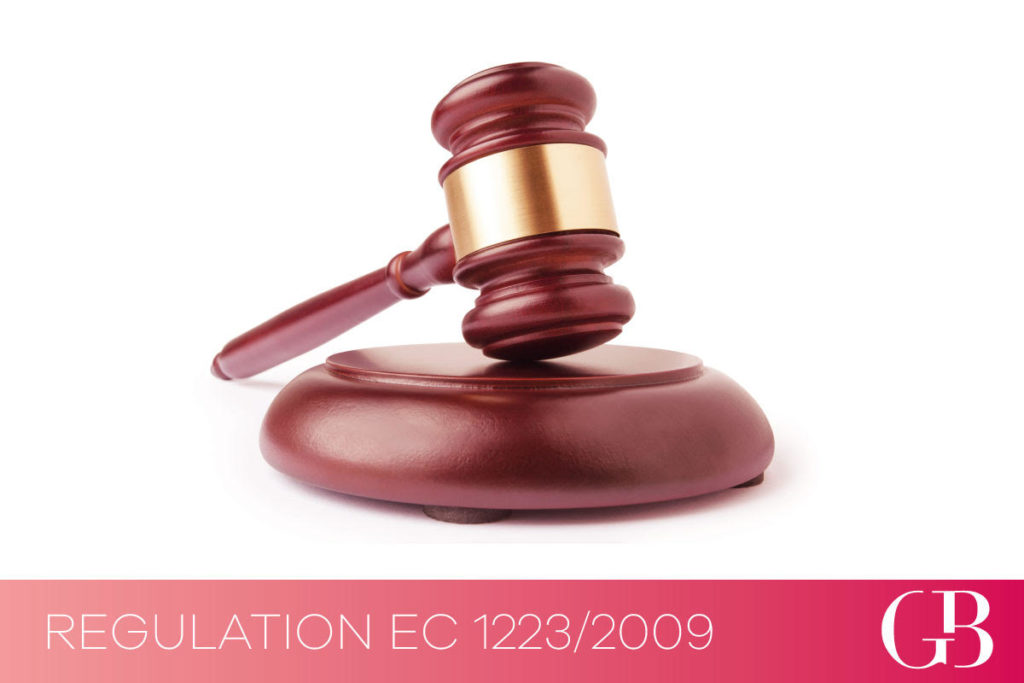Articles 10 and 11 of the new regulation EC 1223/2009 on cosmetic products introduced new words such as Product Information File (P.I.F.) and Safety Assessment (SA).
What is the Product Information File (PIF) and what information must contain
When a cosmetic product is placed on the market, the Responsible Person shall keep a product information file for it. The product information file shall be kept for a period of ten years following the date on which the last batch of the cosmetic product was placed on the market.
The product information file shall contain the following information and data which shall be updated as necessary:
- A description of the cosmetic product which enables the product information file to be clearly attributed to the cosmetic product.
- The cosmetic product safety report (CPSR).
- A description of the method of manufacturing and a statement on compliance with good manufacturing practice (GMP)
- where justified by the nature or the effect of the cosmetic product, proof of the effect claimed for the cosmetic product.(CLAIMS)
- Data on any animal testing performed by the manufacturer, his agents or suppliers, relating to the development or safety assessment of the cosmetic product or its ingredients, including any animal testing performed to meet the legislative or regulatory requirements of third countries.
COSMETIC PRODUCT SAFETY REPORT (CPSR)
As described in Regulation EC 1223/2009, the following persons carry responsibilities in the context of the P.I.F. requirement:
- the Responsible Person: ensure that the Cosmetic Product Safety Assessment has been performed by a
safety assessor. - the Safety Assessor: a natural person who carries out the cosmetic product Safety Assessment, and who is in possession of a diploma or other evidence of formal qualifications awarded on completion of a university course of theoretical and practical study in pharmacy, toxicology, medicine or similar discipline, or a course recognised as equivalent by a Member State.
The assessment is composed by two parts:
Part A – Cosmetic product safety information (CPSI)
1. Quantitative and qualitative composition of the cosmetic product
2. Physical/chemical characteristics and stability of the cosmetic product
3. Microbiological quality
4. Impurities, traces, information about the packaging material
5. Normal and reasonably foreseeable use
6. Exposure to the cosmetic product
7. Exposure to the substances
8. Toxicological profile of the substances
9. Undesirable effects and serious undesirable effects
10. Information on the cosmetic producttto
Part B – Cosmetic product safety assessment (CPSA)
1. Assessment conclusion
2. Labelled warnings and instructions of use
3. Reasoning
4. Assessor‟s credentials and approval of part B






